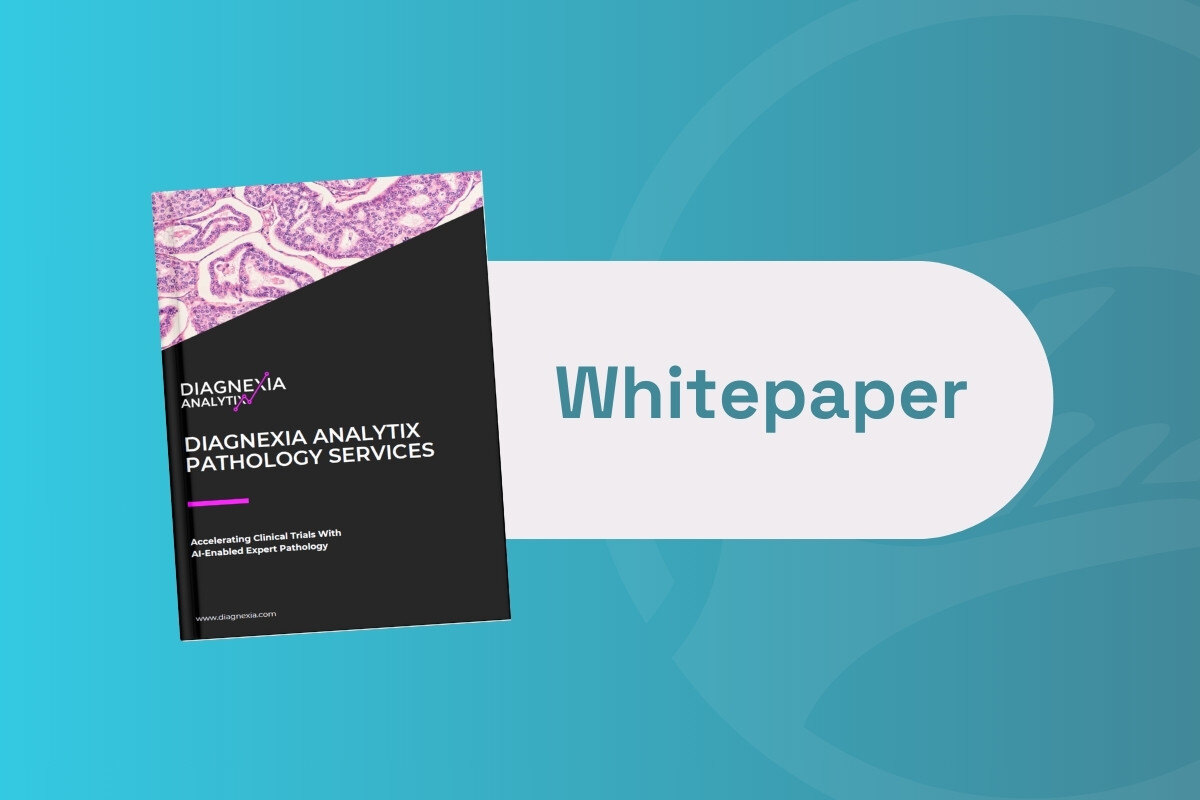Overcoming Challenges of NASH in Clinical Development

Non-alcoholic steatohepatitis, or NASH, is a highly prevalent and currently untreatable chronic liver disease. NASH is detectable in approximately 25% of adults in the developing world and 17% of children. The fatty liver disease presents an increasingly urgent unmet medical need, with the number of patients suffering from obesity and type II diabetes rising yearly.
The predominant challenge NASH poses is that its disease pathogenesis is unclear to scientists and clinicians. This means there is an absence of known history regarding disease progression, making the prospect of discovering advanced predictive biomarkers difficult. Nevertheless, some practical steps are available to help navigate these challenges of NASH in clinical development.
During Oxford Global’s September Discussion Group, Overcoming Challenges of NASH in Clinical Development, Vincent Mikol, Precision Medicine Head at Sanofi, presented some of the key strategies being undertaken to tackle NASH in clinical development. Joined by Isabella Gashaw, Principal Clinical Biomarker Lead Cardiometabolism at Boehringer Ingelheim, and Louise Maymann Nitze, Principal Translational Medicine Scientist at Novo Nordisk, Mikol discussed the possibility of using patient identification to generate comprehension of disease progression. Other topics of conversation included best practices for discovering predictive biomarkers in NASH and how these technologies can be implemented as clinical endpoints.
Patient Identification in NASH
Once Mikol introduced the session and provided a brief overview of the history of NASH, he opened the floor for discussion. Maymann Nitze took the lead, raising the question of, “how can non-invasive tests be used for patient identification and which evidence is needed?”
- Treating the Untreatable: Unlocking Precision Medicine Biomarkers for NASH
- Identifying Prognostic Biomarkers for Follicular Lymphoma
- The Applicability of Clinical Biomarkers for NASH and Fibrosis
Biopsies in NASH are associated with high cost, low feasibility, and numerous risks. That being said, “biopsies right now are the gold standard of NASH identification,” Maymann Nitze pointed out. “The use of a diagnostic non-invasive test may reduce the bottleneck for diagnosis by replacing or reducing the requirement for biopsies,” she continued.
Whilst liver biopsy can provide a surefire method of diagnosis, it is a complex and invasive procedure that requires anaesthetic. In rare cases, the bleeding caused by liver biopsies can require emergency transfusion or in even more severe cases, surgery. As such, a non-invasive test is preferable.
In response to this, audience members inquired about the current navigational strategies being used to address such a task. Maymann Nitze admitted that “inconsistencies in biopsy results based on sampling and inter-/intra- reader variability complicates the development of non-invasive testing for the diagnosis of NASH with liver fibrosis.”
To counter this, the industry is looking to expand regulatory guidelines outlining sufficient motivations to diagnose NASH and initiate treatment without a biopsy. “For obtaining regulatory approval of a diagnostic non-invasive test, it may be needed to demonstrate sufficient correlation to paired liver biopsies or even to outcome data,” Maymann Nitze pointed out. In response to this, audience members gave input that based on the variations in liver biopsies, outcome data might be needed to obtain FDA approval of a diagnostic test.
Predictive Biomarkers in NASH
According to Mikol, “because NASH is a complex disease often associated with many other co-morbidities, the need for predictive biomarkers is more pressing than ever.” The current biomarkers available are somewhat limited in terms of productivity and have high variability. Example biomarker technologies and strategies include CK18, cytokines, miRNAs, and unsaturated fatty acids. Likewise, fat analysis by ultrasound as well as magnetic resonance elastography are commonly used image-based marker technologies.
“Many of these known biomarkers have not been validated in cohorts,” Mikol pointed out. “Besides, there are also limited numbers of cohorts where these liver biopsies are available at longitudinal time points over a long period of time.” This will become a challenge when trying to validate NASH hypotheses. Therefore, more sophisticated and robust predictive biomarkers in NASH are needed.
When asked by the audience about his opinion on the current landscape for predictive biomarkers in NASH, Mikol responded accordingly: “right now, the most predictive approach is to combine multiple platforms of markers.” He continued by explaining how “the hope moving forward is to be able to have a combinational approach with imaging methods to determine the composite functions that are predictive of the disease.”
“Because NASH is a complex disease often associated with many other co-morbidities, the need for predictive biomarkers is more pressing than ever.”
The use of artificial intelligence in relation to combinational markers is also set to begin trending. The technique will “try to refine disease indication analysis and provide a predictive scoring function.” According to Mikol, this approach will also enable a tailored and dynamic approach to NASH research.
NASH Biomarkers: Towards Clinical Endpoints
Gashaw rounded off the discussion by evaluating the potential of using early response biomarkers for NASH in phase II trials. “As developers, we all have the aim to make Phase II trials as quick and as cheap as possible when it comes to providing predictive results,” Gashaw began. She continued by explaining how surrogate endpoints can be achievable within the timeframe of a phase III trial. However, the latter is only achievable should the histopathologic findings show either a resolution of steatohepatitis with no worsening of fibrosis or an improvement of fibrosis with no worsening of steatohepatitis. NASH F2/F3 therapies. In NASH F4/cirrhosis, pivotal trials continue to rely on evaluating long-term outcome events due to lack of validated biomarkers.
At Oxford Global, we couldn’t have been more pleased with our September Biomarkers Discussion Group. The conversation was engaging, the debate stimulating, and the industry insights invaluable. We will continue our Discussion Group series in October with a session focusing on Digital Biomarkers for Disease Detection and Monitoring, which will be led by Beverley Patterson, Clinical Science Director at Ono Pharma UK Ltd. Learn more about the Oxford Global Discussion Group series at our Biomarkers Portal.
Want to stay up to date with the latest Biomarker news? Register now for Oxford Global’s flagship event, Biomarkers US: In-Person. This is a must-attend forum covering the latest trends transforming biomarker and translational research






.jpg)
